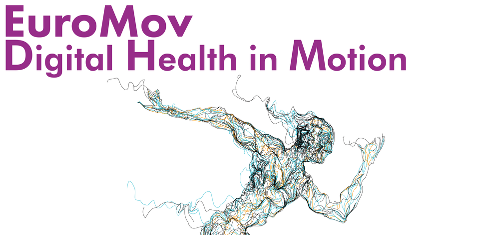ORCGT: Ollivier-Ricci Curvature-Based Graph Model for Lung STAS Prediction
Résumé
Tumor Spread Through Air Spaces (STAS), identified as a mechanism of invasion, has been substantiated by multiple studies to be associated with lower survival rates, underscoring its significant prognostic implications. In clinical practice, pathological diagnosis is regarded as the gold standard for STAS examination. Nonetheless, manual STAS diagnosis is characterized by labor-intensive and time-consuming processes, which are susceptible to misdiagnosis. In this paper, we attempt for the first time to identify the underlying features from histopathological images for the automatic prediction of STAS. Existing deep learning-based methods usually produce undesirable predictive performance with poor interpretability for this task, as they fail to identify small tumor cells spread around the main tumor and their complex correlations. To address these issues, we propose a novel Ollivier-Ricci Curvature-based Graph model for STAS prediction (ORCGT), which utilizes the information from the major tumor margin to improve both the accuracy and interpretability. The model first extracts the major tumor margin by a tumor density map with minimal and coarse annotations, which enhances the visibility of small tumor regions to the model. Then, we develop a Pool-Refined Ollivier-Ricci Curvature-based module to enable complex interactions between patches regardless of long distances and reduce the negative impact of the over-squashing phenomenon among patches linked by negative curvature edges. Extensive experiments conducted on our collected dataset demonstrate the effectiveness and interpretability of the proposed approach for predicting lung STAS. Our code is available at https://github.com/zhengwang9/ORCGT.
